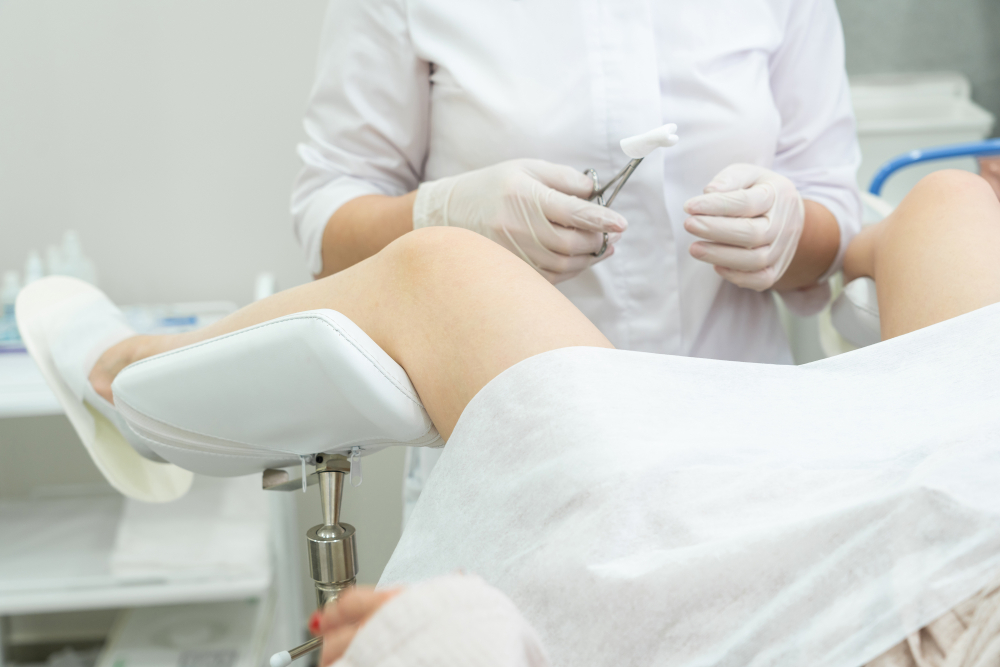The World Health Organization (WHO) has issued urgent new guidelines to put an end to the rising trend of female genital mutilation (FGM) practices being performed by health workers, warning that such “medicalization” risks legitimizing the harmful practice and intensifies health risks for girls and women.
The Prevention of Female Genital Mutilation and Clinical Management of Complications new guideline reveals that as of 2020, an estimated of 52 million girls and women globally underwent the process at the hands of medical professionals, accounting for 1 in 4 cases. The WHO emphasizes that FGM, which involves the partial or total removal of external genitalia for non-medical reasons, inflicts severe physical and psychological harm, regardless of who performs it.
The procedure, often performed on girls before puberty, is increasingly carried out by healthcare providers in some regions, a shift the WHO condemns as deeply alarming. Studies indicate that medicalized FGM may lead to more severe injuries due to deeper cuts, while also inadvertently normalizing the practice.
“Health workers must be agents for change, not perpetrators” stressed Dr. Pascale Allotey, WHO Director for Sexual and Reproductive Health.
To put a stop to this, the guidelines promote a multi-faceted strategy that requires health workers to adhere to professional bans on performing FGM, trained medical professionals are to decline any requests and educate communities about its risks, engage communities in awareness campaigns involving men and boys to challenge harmful social norms and protect girls’ rights. Also, survivors are to receive intensive care, including mental health support, obstetric services and surgical interventions.
Christina Pallitto, a WHO scientist involved in the guideline’s development emphasized the pivotal role of health workers’ as trusted leaders who can drive attitudinal changes and prevention efforts.
Countries like Burkina Faso, Sierra Leone and Ethiopia have achieved significant progress, reducing the rates among teens by up to 50% through actions like enforced bans, community mobilization and strong political commitment. However, an estimated of 4 million girls still face the risk each year, highlighting the need for continued efforts. Since 1990, global prevalence has declined threefold, but sustained action is still crucial to protect vulnerable girls.
The WHO urges governments to integrate these new guidelines into national policies, stressing that ending such cruel act requires legal, educational and healthcare sectors to work in unison.
As the global community aims to eliminate the practice of FGM by 2030 under the Sustainable Development Goals, this directive serves as both a roadmap and a reminder of the work ahead to protect girls’ health and rights.
Source: WHO


